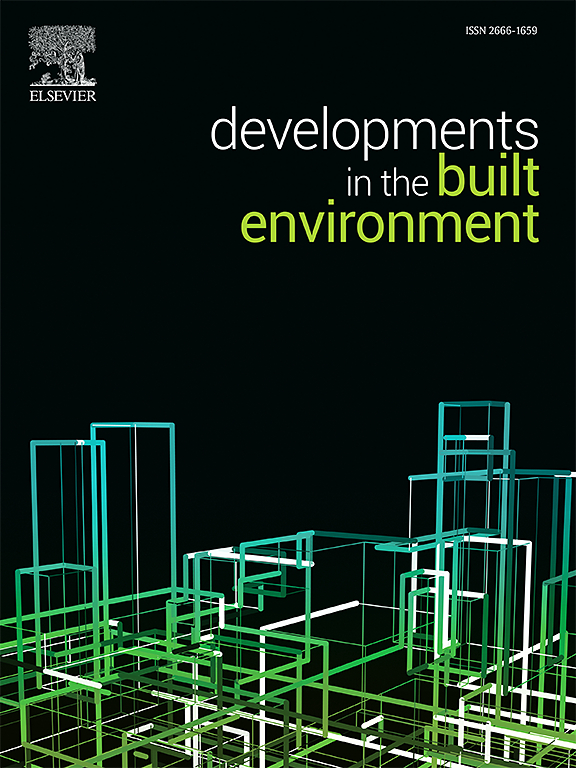用于检测、评估和量化混凝土结构退化的自动化平台
IF 8.2
2区 工程技术
Q1 CONSTRUCTION & BUILDING TECHNOLOGY
引用次数: 0
摘要
这项研究的动机是对混凝土结构中准确、快速的损伤检测的迫切需求,与人工状态评估策略相比,自动化状态评估策略具有显著的优势。为了减少检测时间、成本和人为错误,目前的研究开发了一种深度卷积神经网络模型,专门用于检测和量化混凝土结构的劣化。该模型通过适应代表性图像分辨率和实现精确缺陷量化的区域增长算法来改进现有架构。为了提供一个整体的平台,本研究建立了额外的迁移学习和微调步骤。结果表明,该平台能够检测到窄至0.5 mm的裂纹,而缺陷尺寸精确量化,误差在3%以下。然后将损坏评估与结构检查的行业标准联系起来,提供各种缺陷的状态。这就形成了端到端的自动化状态评估工作流程,促进了基于数据的维护和维修行动。本文章由计算机程序翻译,如有差异,请以英文原文为准。
An automated platform to detect, assess, and quantify deterioration in concrete structures
This study was motivated by the critical need for accurate and fast damage detection in concrete structures, benefiting from significant advantages offered by automated condition assessment strategies compared to manual ones. To move toward reducing inspection time, cost, and human error, the current study developed a deep convolutional neural network model tailored for detecting and quantifying deterioration in concrete structures. The model improved existing architectures by accommodating representative image resolutions and implementing a region-growing algorithm for precise defect quantification. To provide a holistic platform, this study established additional transfer learning and fine-tuning steps. Results showed the platform's capability to detect cracks as narrow as 0.5 mm, while defect dimensions were accurately quantified with errors under 3 %. The damage assessments were then linked to industry-level standards for structural inspections, providing condition states for various defects. This led to an end-to-end workflow for automated condition assessment, facilitating data-enabled maintenance and repair actions.
求助全文
通过发布文献求助,成功后即可免费获取论文全文。
去求助
来源期刊

Developments in the Built Environment
Multiple-
CiteScore
7.40
自引率
1.20%
发文量
31
审稿时长
22 days
期刊介绍:
Developments in the Built Environment (DIBE) is a recently established peer-reviewed gold open access journal, ensuring that all accepted articles are permanently and freely accessible. Focused on civil engineering and the built environment, DIBE publishes original papers and short communications. Encompassing topics such as construction materials and building sustainability, the journal adopts a holistic approach with the aim of benefiting the community.
 求助内容:
求助内容: 应助结果提醒方式:
应助结果提醒方式:


